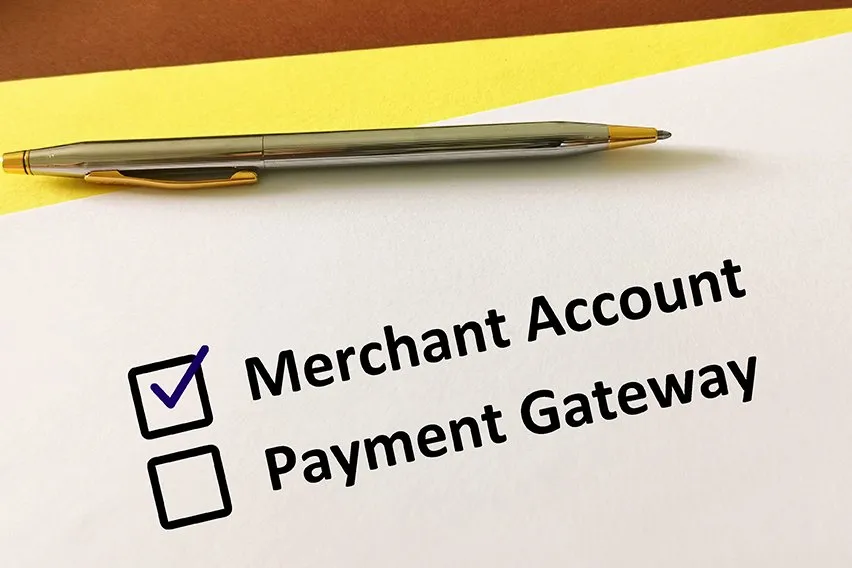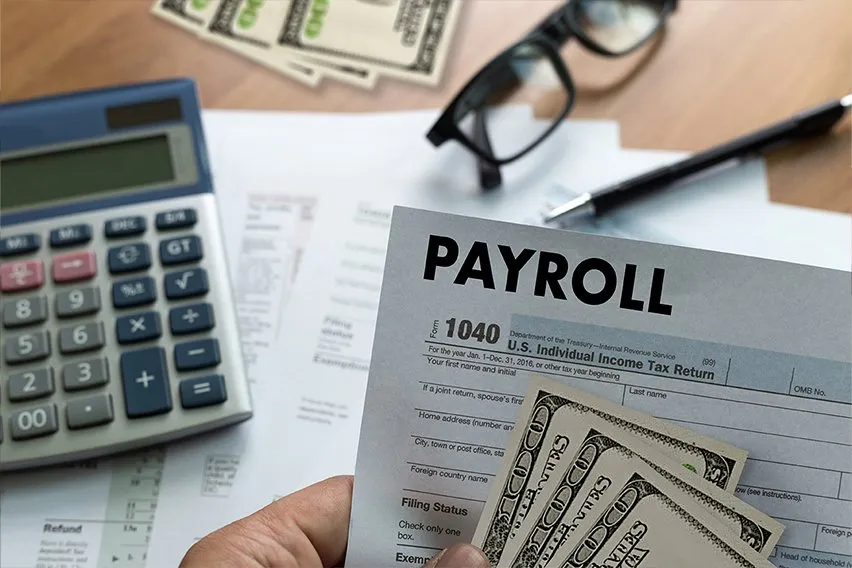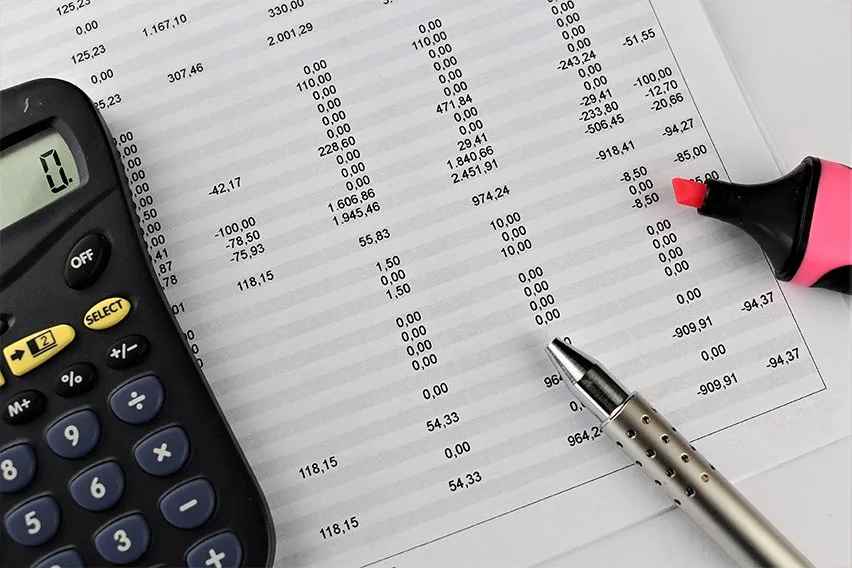What is an Undeposited Funds Account? Everything You Need to Know

Many QuickBooks Online users get confused when they see a mysterious undeposited funds account on their balance sheet.
Although this account is helpful for specific types of businesses, it’s a headache for others.
This post will help you understand the purpose of an undeposited funds account, how to clear it, and how to avoid having payments automatically posted to this account.
Here’s What We’ll Cover:
What’s the Undeposited Funds Account?
How Do I Clear Undeposited Funds?
How Do I Avoid Undeposited Funds in Quickbooks?
QuickBooks Alternative For Small Business Owners and Freelancers
More Resources on Small Business Accounting
What’s the Undeposited Funds Account?
The undeposited funds account is meant to be a temporary account. It’s unique to QuickBooks Online and its main purpose is to make bank reconciliations easier. Typically, when you make multiple bank deposits on one trip, the bank combines all individual checks into one transaction. In other words, what you see on your bank statement does not match what you see on your itemized bank deposit slip.
The special account enables you to combine multiple transactions into one record in the same way your bank has combined all the transactions into one record. So, by putting undeposited transactions into a special account until your deposits clear the bank, QuickBooks believes it’ll make it easier to match the record in your books to the lump sum deposit on the bank statement.

How Do I Clear Undeposited Funds?
The intended way to clear this account is by completing a bank reconciliation. Here are the steps:
- Make the relevant deposits at your real-life bank.
- Wait for the bank statement to show the cleared funds.
- Use the bank deposit feature to combine transactions within your undeposited funds account.
- Check the checkboxes of the undeposited customer payments you want to combine.
- Ensure the total matches the amount on the bank statement.
It’s not uncommon to follow an improper workflow in QuickBooks, resulting in a balance.
However, the balance should always be zero.
Many untrained users don’t realize that this special account is the default Deposit To account in the following situations:
- When you receive invoice payments
- When you use a payment item on an invoice (such as when you receive a deposit or partial payment)
- When you enter a sales receipt
In the above scenarios, you’ll likely find the transaction in the undeposited funds account. So be sure to double-check that you properly complete the bank reconciliation to clear the balance.
Dummy Account Method
If you have old transactions showing up in your undeposited account and can’t match it to a bank transaction, here’s an alternative method to clear the balance:
- Under your Chart of Accounts, create a new checking bank account and call it something that sounds fake to not confuse it with a real account.
- Save and close.
- Go to the Bank Deposit window.
- Select the dummy bank account you just made in the choose account dropdown box.
- Select the old customer payments that are still showing in the undeposited funds account.
- Save and close.
Your balance on your undeposited funds account is now 0, but you now have a dummy account that you need to clear too. Follow these next steps.
- Click on your expense window to create an expense transaction.
- Choose an income account you regularly use to transfer the money from your dummy account.
- Transfer the full balance.
Now your dummy account balance is at 0 too.
Note: If possible, consult an accountant for help with the dummy account method because you may have to explain what you did in the case of an audit.

How Do I Avoid Undeposited Funds in Quickbooks?
Many users have found this account tedious because it’s not very intuitive to untrained users.
It requires you to do an additional step in the form of multiple entries for each deposit (one to the undeposited funds account and the other to the right account). It is, however, useful for businesses that frequently get paid by check or cash and physically deposit the money to the bank instead of using mobile check deposits.
If you don’t primarily get paid by check or cash, a key way to avoid dealing with this special account is by connecting your bank and credit card accounts so that all transactions are automatically downloaded by QuickBooks.
Another way to skip the tedious process is by accepting credit cards or another online payment option such as ACH. Doing so allows you to skip the longer workflow because each transaction gets processed as a single transaction, meaning there’s not a chance for it to show up as a lump sum payment on your bank statement.
QuickBooks Alternative For Small Business Owners and Freelancers
Looking for intuitive and simple workflows to satisfy your accounting needs? Take the stress out of accounting with FreshBooks. FreshBooks is made with small business owners and freelancers in mind. Try FreshBooks for free.
More Resources on Small Business Accounting
RELATED ARTICLES

 Merchant Account vs Payment Gateway: What’s the Difference
Merchant Account vs Payment Gateway: What’s the Difference Human Resource Budgeting (HR) Planning: Key Components
Human Resource Budgeting (HR) Planning: Key Components What is a Virtual CFO & How to Become One?
What is a Virtual CFO & How to Become One? What Is an Employer Account Number or EIN
What Is an Employer Account Number or EIN What is a Cost Sheet? Definition, Components & Examples
What is a Cost Sheet? Definition, Components & Examples 6 Best Online Bookkeeping Services for Small Businesses in 2025
6 Best Online Bookkeeping Services for Small Businesses in 2025